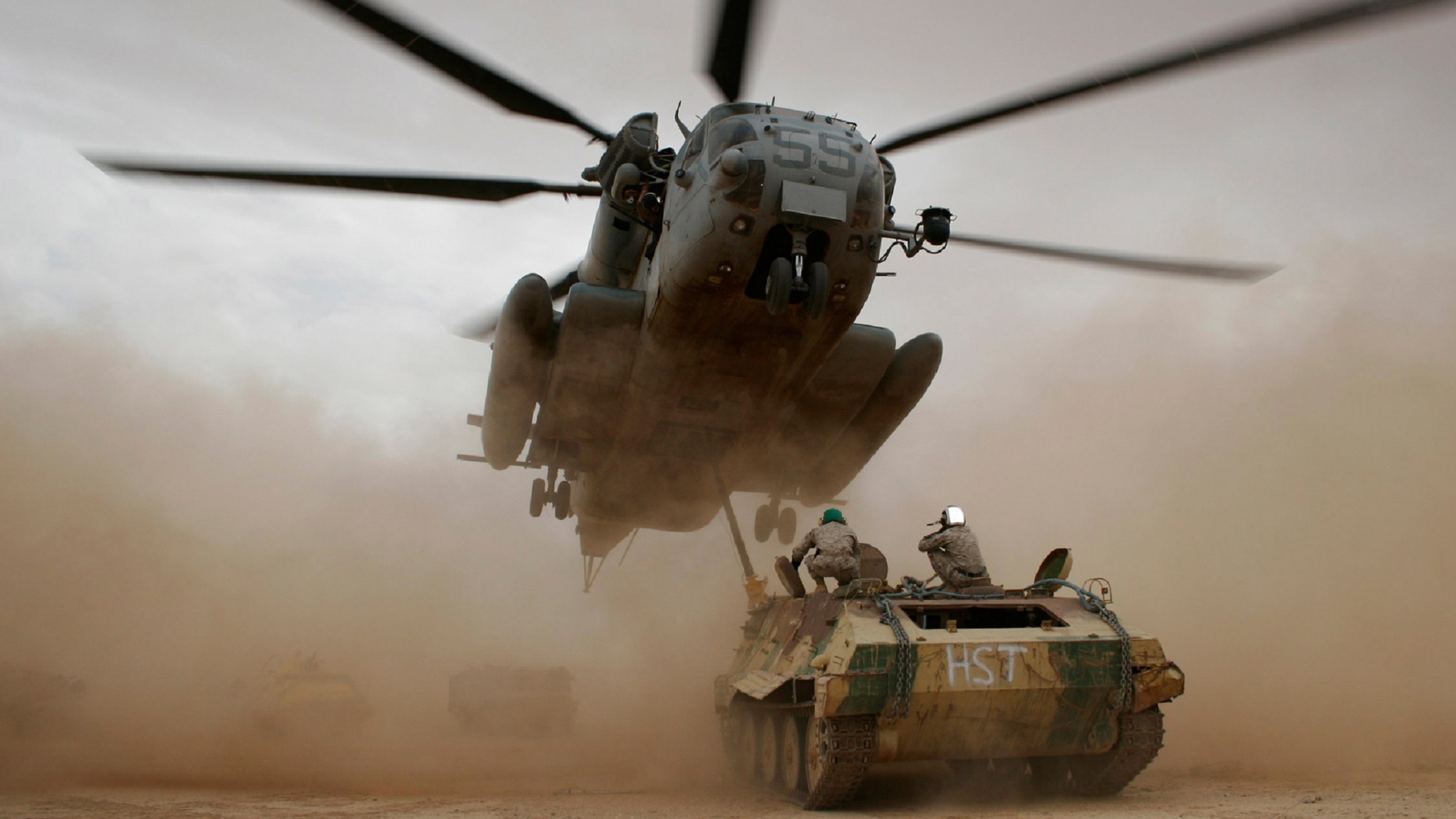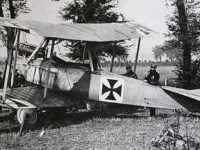The LVG aircraft type B.I to B.III were two-seat reconnaissance and training aircraft of the German Air Force and were used at the beginning of the First World War on German and later on the Bulgarian side.
Development and construction:
The development of the LVG type B aircraft began in 1912 by the engineer Franz Schneider, who previously moved from the manufacturer Nieuport to the german Luftverkehrsgesellschaft (LVG).
The first aircraft was developed under the name D.IV 1912 and produced from 1913. The two-story biplane was initially designed as a training aircraft, but was used in the military field as a reconnaissance aircraft.
Already at the beginning of the war, the model B.I proved to be completely inadequate for military use, since it was neither armed nor had sufficient armor. The successor model, the B.II was built a bit smaller overall, but had in the first phase of production still the same engine as the B.I installed. Only in the course of time, this was replaced by a slightly stronger engine, but even with this, the aircraft could not meet expectations.
Based on the experience of the two models B.I and B.II, the B.III was built from the beginning only as a training aircraft and delivered from 1917.
Use in the First World War:
At the beginning of the war, Type B.I aircraft were used as reconnaissance aircraft on the Western Front. However, it quickly became apparent that these did not meet the military requirements. Although the successor model B.II was quickly produced and delivered, but since this aircraft was also too weak, both types were gradually withdrawn from the front during 1915 and served as training aircraft.
Some aircraft were still sold to the Bulgarian Air Force at the end of 1915 and served there until the end of the war.
Technical specifications:
| Designation: | LVG B.I |
| Country: | German Empire |
| Typ: | Reconnaissance plane |
| Length: | 9,25 meters |
| Span: | 14 meters |
| Height: | 3,2 meters |
| Mass: | 780kg empty |
| Crew: | Max. 2 |
| Engine: | Water-cooled 6-cylinder in-line engine Benz or Mercedes D.I 105PS |
| Maximum speed: | 100 km/h |
| Reach: | 540 kilometers |
| Armament: | none |
| Designation: | LVG B.II |
| Country: | German Empire |
| Typ: | Reconnaissance plane |
| Length: | 8,30 meters |
| Span: | 12,12 meters |
| Height: | 3,2 meters |
| Mass: | 726kg empty |
| Crew: | Max. 2 |
| Engine: | Water-cooled 6-cylinder in-line engine Mercedes D.II 120PS |
| Maximum speed: | 110 km/h |
| Reach: | 440 kilometers |
| Armament: | none |
| Designation: | LVG B.III |
| Country: | German Empire |
| Typ: | Training aircraft |
| Length: | 7,89 meters |
| Span: | 12,51 meters |
| Height: | 2,89 meters |
| Mass: | 710kg empty |
| Crew: | Max. 2 |
| Engine: | Water-cooled 6-cylinder in-line engine Mercedes D.II 120PS |
| Maximum speed: | 120 km/h |
| Reach: | 300 kilometers |
| Armament: | none |
You can find the right literature here:
Fokker Dr I Aces of World War 1 (Aircraft of the Aces)
Undoubtedly the most famous fighter type to see service on either side during World War 1, the Fokker Dr I was a revelation when it entered service on the western front in 1917. Manfred von Richthofens JG 1 circus was the first Jasta to completely re-equip with the new fighter, and in the skilled hands of its numerous aces the Dr I proved a formidable opponent. The Dr I remained in service on the Western Front until replaced by the superior Fokker D VII in May 1918. Just weeks prior to that, however, Germanys leading ace, the great Red Baron, had been killed at the controls of a Dr I.
Friedrichshafen Aircraft of WWI: A Centennial Perspective on Great War Airplanes (Great War Aviation) (Volume 21)

Friedrichshafen Aircraft of WWI: A Centennial Perspective on Great War Airplanes (Great War Aviation) (Volume 21) Paperback – February 16, 2016
This book describes and illustrates the development of Friedrichshafen aircraft of WWI with text, 540 photos, 18 in color, 37 color profiles, production quantities and serial numbers of aircraft, and aircraft dimensions and performance specifications. In addition, there are 26 official SVK drawings and 11 aircraft are illustrated in scale drawings to 1/48 (4) or 1/72 (7) scales. The book has 312 pages and is of interest to aviation historians, enthusiasts, and modelers alike.
German and Austro-Hungarian Aircraft Manufacturers 1908-1918
Much has been written about the British aircraft of the First World War, but little has surfaced about the aircraft of the Axis powers, Germany and Austria. Here, Terry C. Treadwell tells the story of the aircraft from companies such as Fokker, builder of the famous triplane, as fl own by Baron von Richthofen's Flying Circus, AEG, Albatros, Junkers and Hansa. From reconnaissance aircraft to state-of-the-art bombers that could reach London, this is the definitive guide to aircraft of the Axis powers during the First World War. The aircraft are explained in detail and a history of each company is provided, making this an excellent source book for aircraft enthusiasts, model makers and those interested in the air war over the trenches of France and Belgium, as well as further afield in the Italian campaign.
The Zeppelin in Combat: A History of the German Naval Airship Division
The standard reference now revised and expanded. Dr. Robinson has opened up his vast photo archives to enhance this new edition of his classic work. Much of the new photographic material is published here for the first time.
This post is also available in:
 Deutsch (German)
Deutsch (German)  Français (French)
Français (French)  Italiano (Italian)
Italiano (Italian)  简体中文 (Chinese (Simplified))
简体中文 (Chinese (Simplified))  Русский (Russian)
Русский (Russian)  Español (Spanish)
Español (Spanish)  العربية (Arabic)
العربية (Arabic)














